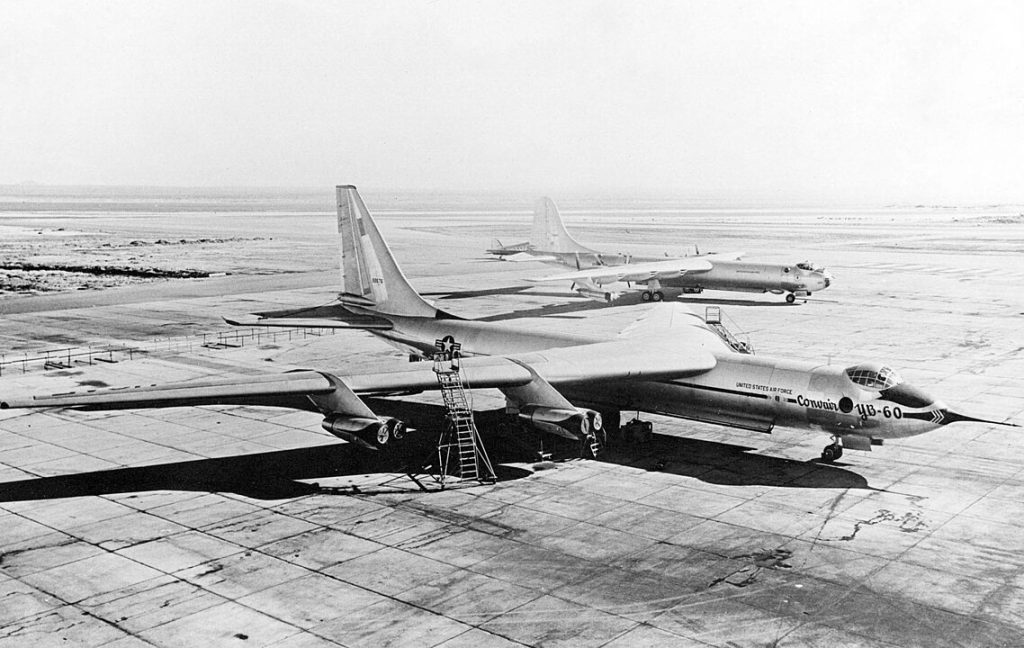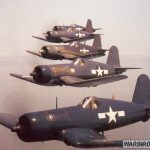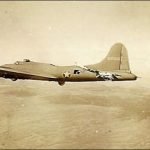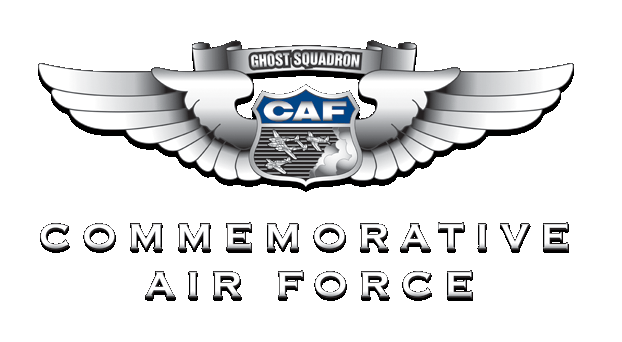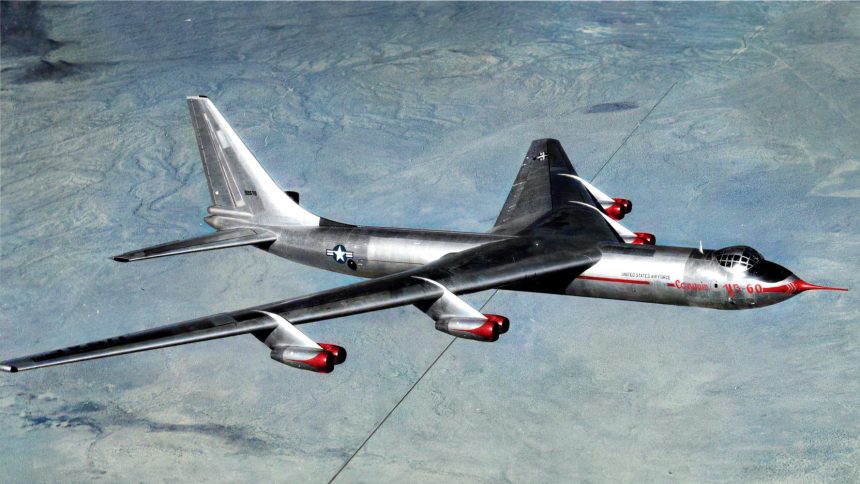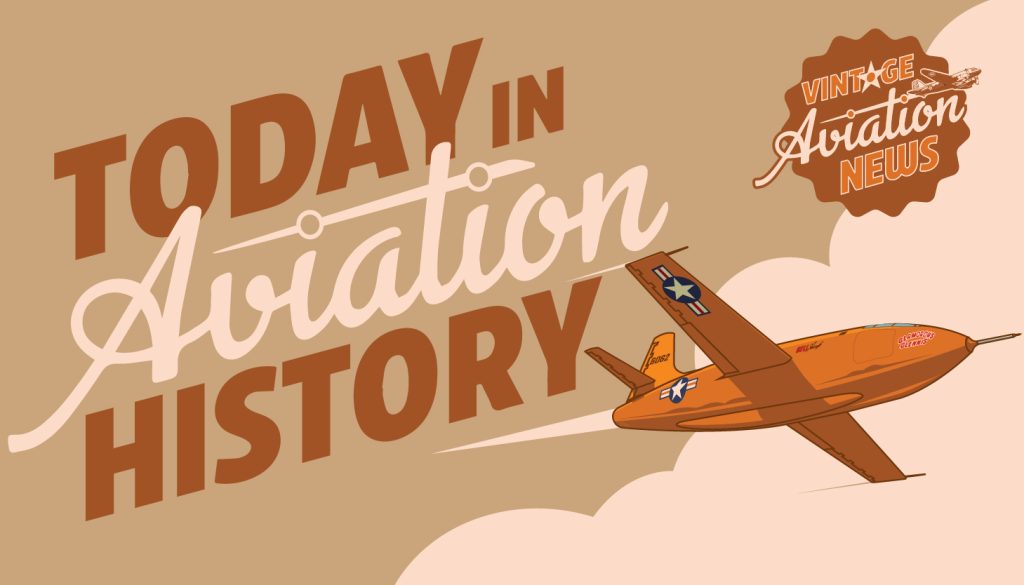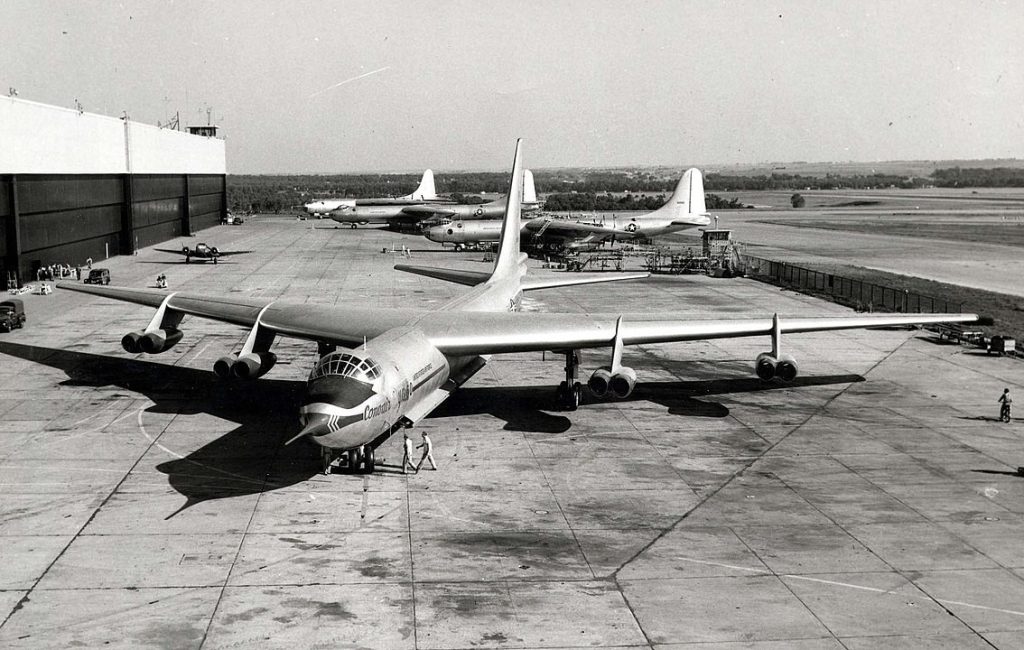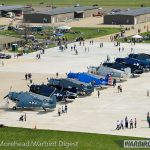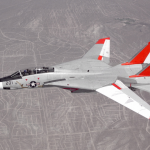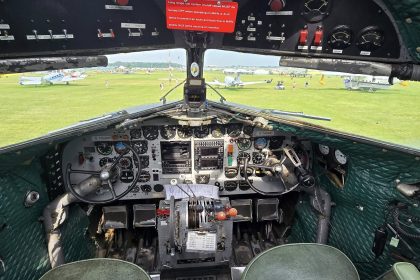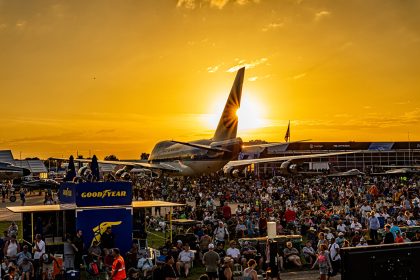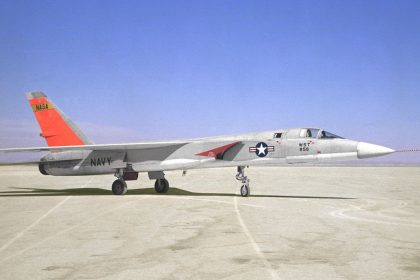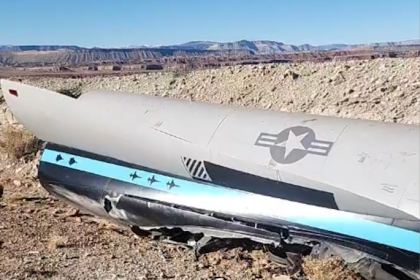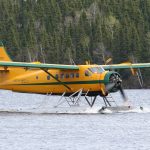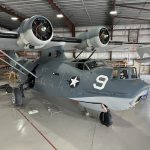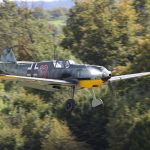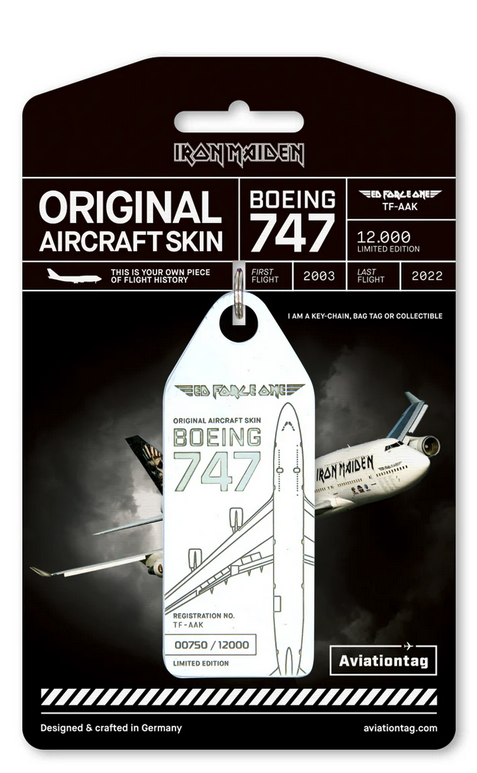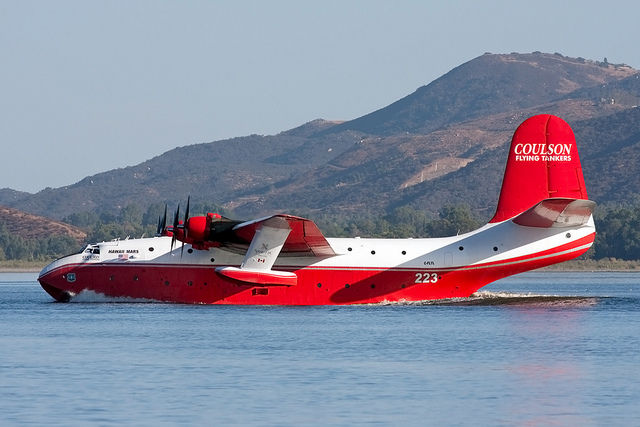Seventy-three years ago today, on April 18, 1952, the Convair YB-60 made its first flight, marking a bold chapter in the evolution of jet-powered strategic bombers. Developed as a derivative of the massive B-36 Peacemaker, the YB-60 represented Convair’s attempt to bring the venerable design into the jet age. In 1950, the company proposed a swept-wing, all-jet version of the B-36. Two B-36F airframes were initially converted under the designation B-36G, but as the redesign evolved, the aircraft changed so significantly that it was re-designated as the YB-60.
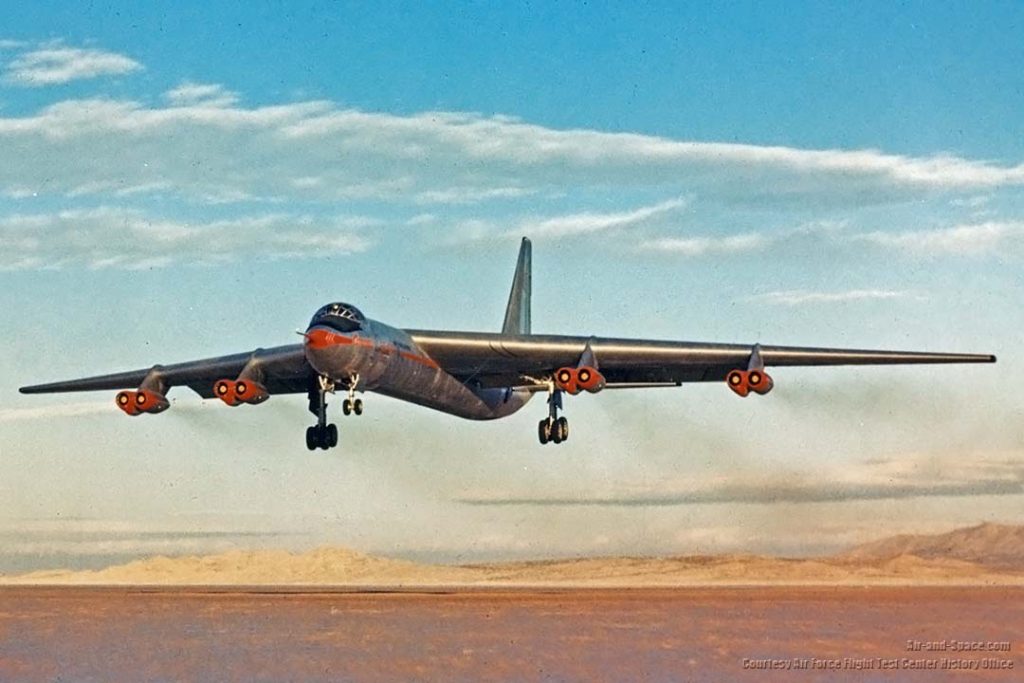
Although the YB-60 shared approximately 72% of its components with the B-36—excluding the fuselage—the two aircraft looked dramatically different. The YB-60 featured swept wings and eight underslung jet engines, giving it a sleeker, more modern appearance. It was powered by eight Pratt & Whitney J57-P-3 turbojet engines, each producing 8,700 pounds of thrust. These engines propelled the bomber to a top speed of 508 miles per hour—far faster than its piston-powered predecessor. The aircraft boasted a combat range of 2,920 miles and a service ceiling of 53,300 feet.
Armed with two 20mm cannons in the tail and capable of carrying up to 72,000 pounds of bombs, the YB-60 had formidable firepower. However, despite its impressive specifications, the aircraft ultimately lost to Boeing’s YB-52 in a direct competition. The YB-60 suffered from flight control and handling issues and lacked the speed and stability of its Boeing counterpart. While it could carry more ordnance, the Air Force concluded that this advantage was not enough to outweigh its shortcomings. The YB-52 was selected, paving the way for the legendary B-52 Stratofortress, which remains in active service to this day.
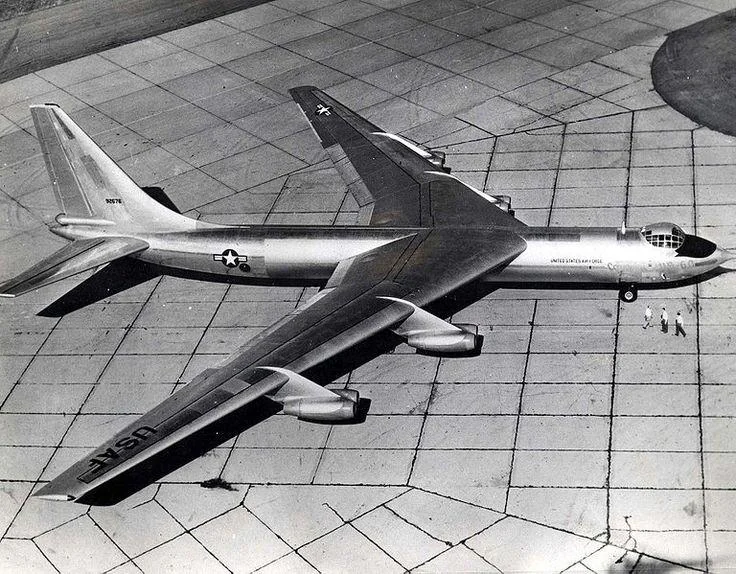
Only one complete YB-60 was ever built, with a second nearly finished—both converted from B-36 airframes. Unfortunately, no examples survive today. The YB-60 exists only in photographs and historical archives, serving as a fascinating “what might have been” in the story of Cold War aviation.
